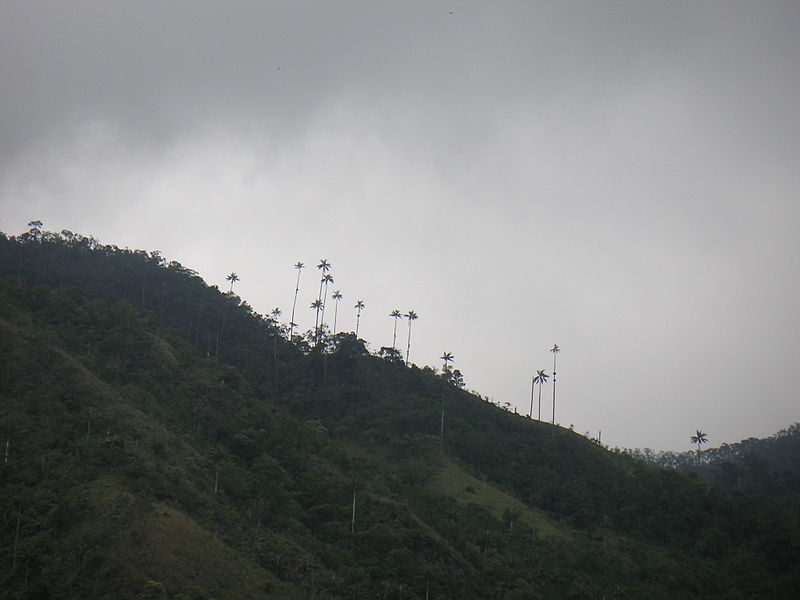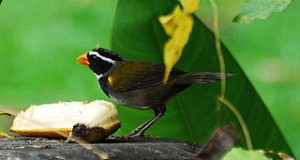 Ecuador’s yellow-eared parrot (Ognorhynchus icterotis) and golden-plumed parakeet (Leptosittacia branickii) face a most unusual threat – an annual religious celebration. The group Aves and Conservation has identified the collection of palm fronds for Catholic Easter celebrations as the main cause of the species’ near disappearance from Ecuador.
Ecuador’s yellow-eared parrot (Ognorhynchus icterotis) and golden-plumed parakeet (Leptosittacia branickii) face a most unusual threat – an annual religious celebration. The group Aves and Conservation has identified the collection of palm fronds for Catholic Easter celebrations as the main cause of the species’ near disappearance from Ecuador.
Survival Linked to a Single Tree
Both birds nest exclusively in Ceroxylon palms, the central leaves of which are harvested yearly in an unsustainable manner. The palms do not reproduce until age 25-30, and live to age 75-100. Removal of the leaves prevents reproduction, and may kill the palm. The golden-plumed parakeet, once common throughout much of Ecuador, is now limited to the southern Andes provinces; the yellow-eared parrot has not been sighted at all in recent years, and is believed to number less than 150 nation-wide.
Providing Education and Alternatives
In cooperation with the government and other conservation groups, Aves and Conservation has embarked on a program designed to alert local people of the plight of both palms and parrots. Local Catholic churches have been cooperating in the effort, encouraging members to use corn stalks and Eucalyptus in place of palms.
These substitute plants, grown at the Botanical Gardens of Quito and other locations, are distributed yearly in front of churches, and are gaining acceptance. Happily, the golden-plumed parakeet has begun to reclaim some of its former range (please see below).
This program illustrates the importance of including within a conservation plan those people who will be most affected, and of offering alternatives. Blanket prohibitions that impinge upon people’s religious beliefs or livelihoods are, in my experience, difficult to enforce and rarely successful in the long term.
Further Reading
 You can read about recent golden-plumed parakeet nesting records at
You can read about recent golden-plumed parakeet nesting records at
http://www.worldlandtrust.org/news/labels/Ecuador.htm#7881806187526800422.
Images referenced from Wikipedia and originally posted by markharper1 and Loise Wolff
 That Bird Blog – Bird Care and History for Pet Birds
That Bird Blog – Bird Care and History for Pet Birds


